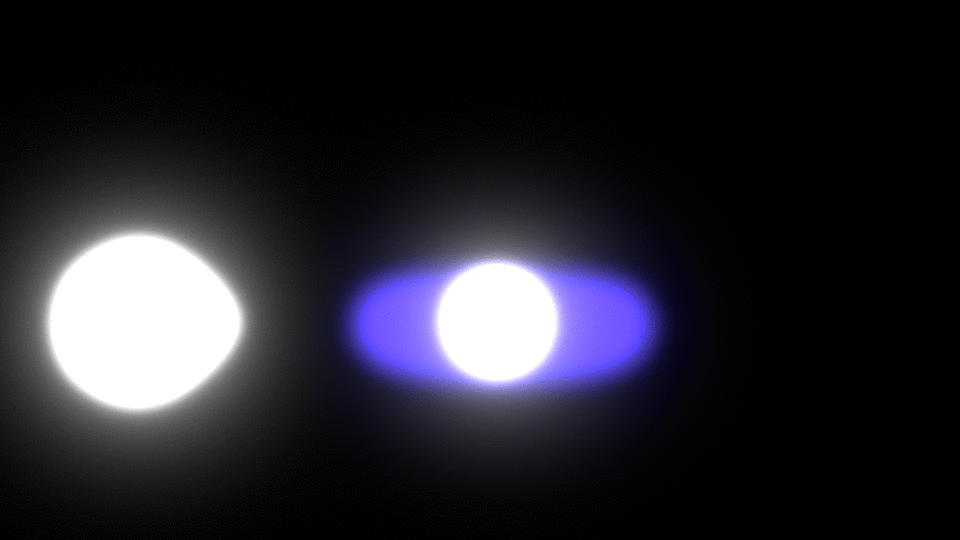|
W Corvi
W Corvi is an eclipsing binary star system in the constellation Corvus (constellation), Corvus, ranging from apparent magnitude 11.16 to 12.5 over 9 hours. Its period has increased by 1/4 second over a century. It is an unusual system in that its two stars are very close to each other yet have different surface temperatures and hence thermal transfer is not taking place as expected. References Corvus (constellation) Beta Lyrae variables Objects with variable star designations, Corvi, W {{star-system-stub ... [...More Info...] [...Related Items...] OR: [Wikipedia] [Google] [Baidu] |
Photometric System
In astronomy, a photometric system is a set of well-defined passbands (or optical filters), with a known sensitivity to incident radiation. The sensitivity usually depends on the optical system, detectors and filters used. For each photometric system a set of primary standard stars is provided. A commonly adopted standardized photometric system is the Johnson-Morgan or UBV photometric system (1953). At present, there are more than 200 photometric systems. Photometric systems are usually characterized according to the widths of their passbands: * broadband (passbands wider than 30 nm, of which the most widely used is Johnson-Morgan UBV system) * intermediate band (passbands between 10 and 30 nm wide) * narrow band (passbands less than 10 nm wide) Photometric letters Each letter designates a section of light of the electromagnetic spectrum; these cover well the consecutive major groups, near-ultraviolet (NUV), visible light (centered on the V band), near-infrared ... [...More Info...] [...Related Items...] OR: [Wikipedia] [Google] [Baidu] |
Light Curve
In astronomy, a light curve is a graph of light intensity of a celestial object or region as a function of time, typically with the magnitude of light received on the y axis and with time on the x axis. The light is usually in a particular frequency interval or band. Light curves can be periodic, as in the case of eclipsing binaries, Cepheid variables, other periodic variables, and transiting extrasolar planets, or aperiodic, like the light curve of a nova, a cataclysmic variable star, a supernova or a microlensing event or binary as observed during occultation events. The study of the light curve, together with other observations, can yield considerable information about the physical process that produces it or constrain the physical theories about it. Variable stars Graphs of the apparent magnitude of a variable star over time are commonly used to visualise and analyse their behaviour. Although the categorisation of variable star types is increasingly done from their s ... [...More Info...] [...Related Items...] OR: [Wikipedia] [Google] [Baidu] |
J2000
In astronomy, an epoch or reference epoch is a instant, moment in time used as a reference point for some time-varying astronomical quantity. It is useful for the celestial coordinates or orbital elements of a Astronomical object, celestial body, as they are subject to Perturbation (astronomy), perturbations and vary with time. These time-varying astronomical quantities might include, for example, the mean longitude or mean anomaly of a body, the node of its orbit relative to a reference plane, the direction of the apogee or Perihelion and aphelion, aphelion of its orbit, or the size of the major axis of its orbit. The main use of astronomical quantities specified in this way is to calculate other relevant parameters of motion, in order to predict future positions and velocities. The applied tools of the disciplines of celestial mechanics or its subfield orbital mechanics (for predicting orbital paths and positions for bodies in motion under the gravitational effects of other bodi ... [...More Info...] [...Related Items...] OR: [Wikipedia] [Google] [Baidu] |
Corvus (constellation)
Corvus is a small constellation in the Southern Celestial Hemisphere. Its name means "crow" in Latin. One of the 48 constellations listed by the 2nd-century astronomer Ptolemy, it depicts a raven, a bird associated with stories about the god Apollo, perched on the back of Hydra (constellation), Hydra the water snake. The four brightest stars, Gamma Corvi, Gamma, Delta Corvi, Delta, Epsilon Corvi, Epsilon, and Beta Corvi, form a distinctive quadrilateral in the night sky. With an apparent magnitude of 2.59, Gamma Corvi—also known as Gienah—is the brightest star in the constellation. It is an aging blue giant around four times as solar mass, massive as the Sun. The young star Eta Corvi has been found to have two debris disks. Three star systems have exoplanets, and a fourth planetary system is unconfirmed. TV Corvi is a dwarf nova—a white dwarf and brown dwarf in very binary star, close orbit. History and mythology In the Babylonian star catalogues dating from at least 110 ... [...More Info...] [...Related Items...] OR: [Wikipedia] [Google] [Baidu] |
Beta Lyrae Variable
Beta Lyrae variables are a class of close binary stars. Their total brightness is variable because the two component stars orbit each other, and in this orbit one component periodically passes in front of the other one, thereby blocking its light. The two component stars of Beta Lyrae systems are quite heavy (several solar masses () each) and extended (giants or supergiants). They are so close, that their shapes are heavily distorted by mutual gravitation forces: the stars have ellipsoidal shapes, and there are extensive mass flows from one component to the other. Mass flows These mass flows occur because one of the stars, in the course of its evolution, has become a giant or supergiant. Such extended stars easily lose mass, just because they are so large: gravitation at their surface is weak, so gas easily escapes (the so-called stellar wind). In close binary systems such as beta Lyrae systems, a second effect reinforces this mass loss: when a giant star swells, it may reach its ... [...More Info...] [...Related Items...] OR: [Wikipedia] [Google] [Baidu] |
Bonner Durchmusterung
In astronomy, Durchmusterung or Bonner Durchmusterung (BD) is an astrometric star catalogue of the whole sky, compiled by the Bonn Observatory in Germany from 1859 to 1903. The name comes from ('run-through examination'), a German word used for a systematic survey of objects or data. The term has sometimes been used for other astronomical surveys, including not only stars, but also the search for other celestial objects. Special tasks include celestial scanning in electromagnetic wavelengths shorter or longer than visible light waves. Original catalog The 44 years of work on the Bonner Durchmusterung (abbreviated BD), initiated by Friedrich Argelander and largely carried out by his assistants, resulted in a catalogue of the positions and apparent magnitudes of approximately 325,000 stars to apparent magnitude 9–10. The catalogue was accompanied by charts plotting the positions of the stars, and was the basis for the '' Astronomische Gesellschaft Katalog'' (AGK) and ''Smithsoni ... [...More Info...] [...Related Items...] OR: [Wikipedia] [Google] [Baidu] |
American Association Of Variable Star Observers
The American Association of Variable Star Observers (AAVSO) is an international nonprofit organization, founded in 1911, focused on coordinating, analyzing, publishing, and archiving variable star observations made largely by amateur astronomers. The AAVSO creates records that establish light curves depicting the variation in brightness of a star over time, and makes them available to professional astronomers, researchers, and educators. Since professional astronomers do not have the time or the resources to monitor every variable star, astronomy is one of the few sciences where amateurs can make genuine contributions to scientific research. During 2011, the 100th year of the AAVSO's existence, the 20-millionth variable star observation was received into the database. The AAVSO International Database (AID) stores over 35 million observations as of 2019. The organization receives nearly 1,000,000 observations annually from around 2,000 professional and amateur observers and is quot ... [...More Info...] [...Related Items...] OR: [Wikipedia] [Google] [Baidu] |
Beta Lyrae Variables
Beta Lyrae variables are a class of close binary stars. Their total brightness is variable because the two component stars orbit each other, and in this orbit one component periodically passes in front of the other one, thereby blocking its light. The two component stars of Beta Lyrae systems are quite heavy (several solar masses () each) and extended (giants or supergiants). They are so close, that their shapes are heavily distorted by mutual gravitation forces: the stars have ellipsoidal shapes, and there are extensive mass flows from one component to the other. Mass flows These mass flows occur because one of the stars, in the course of its evolution, has become a giant or supergiant. Such extended stars easily lose mass, just because they are so large: gravitation at their surface is weak, so gas easily escapes (the so-called stellar wind). In close binary systems such as beta Lyrae systems, a second effect reinforces this mass loss: when a giant star swells, it may reach its ... [...More Info...] [...Related Items...] OR: [Wikipedia] [Google] [Baidu] |



